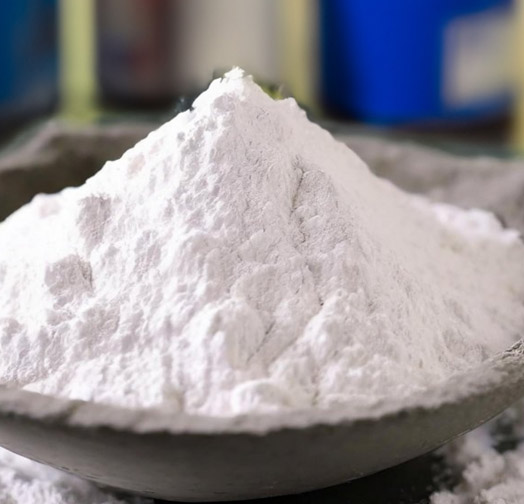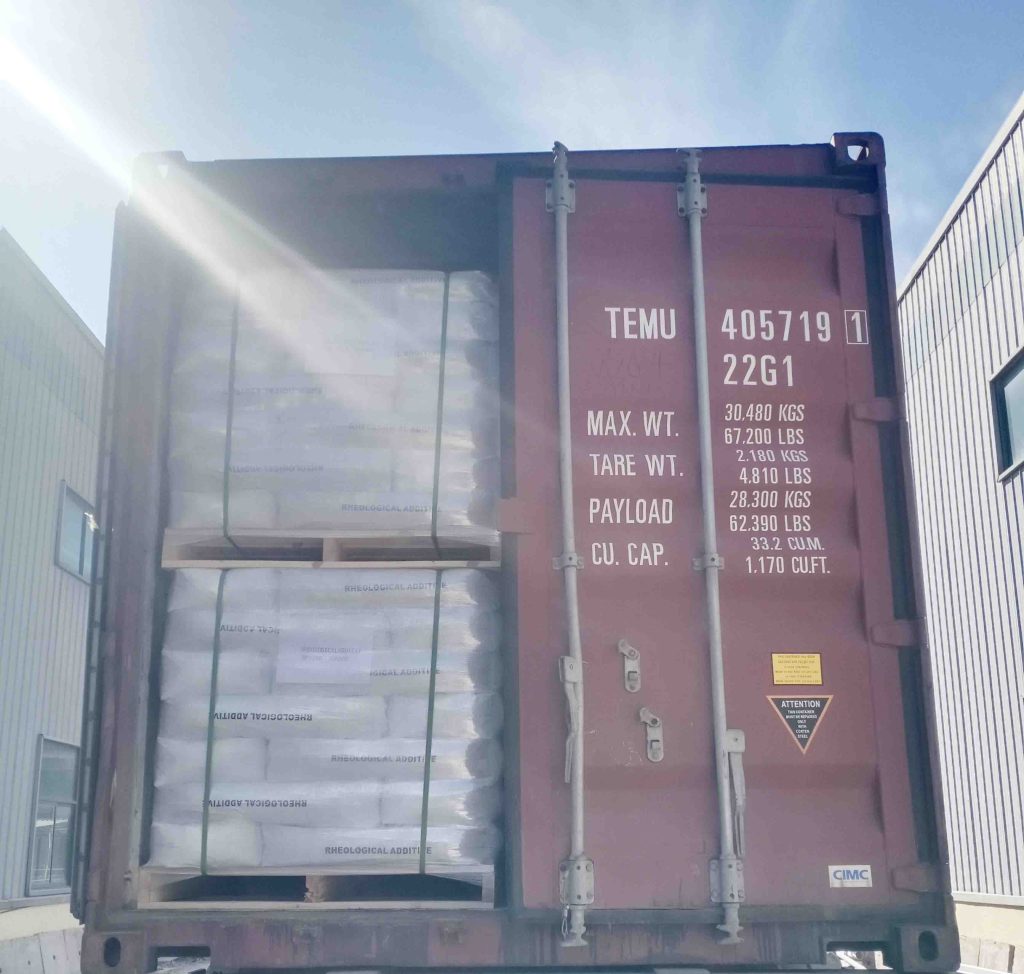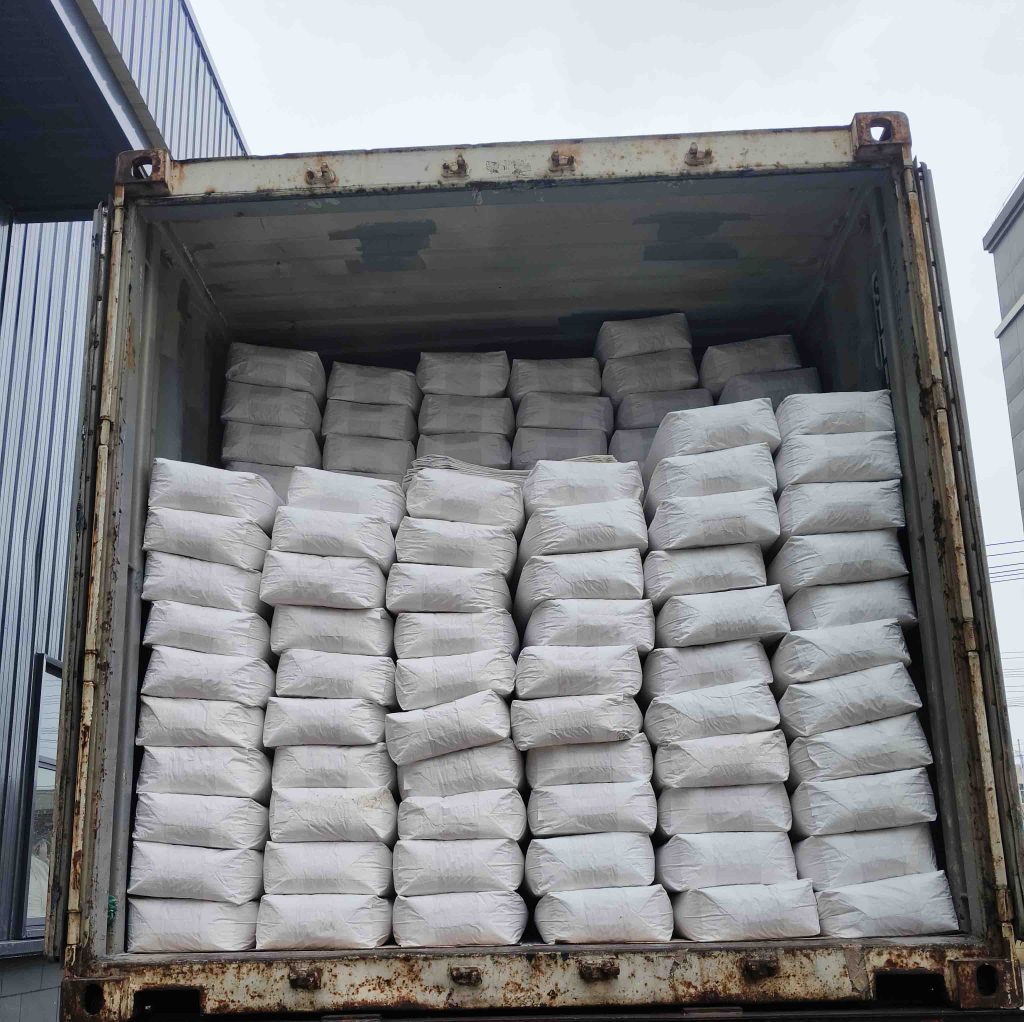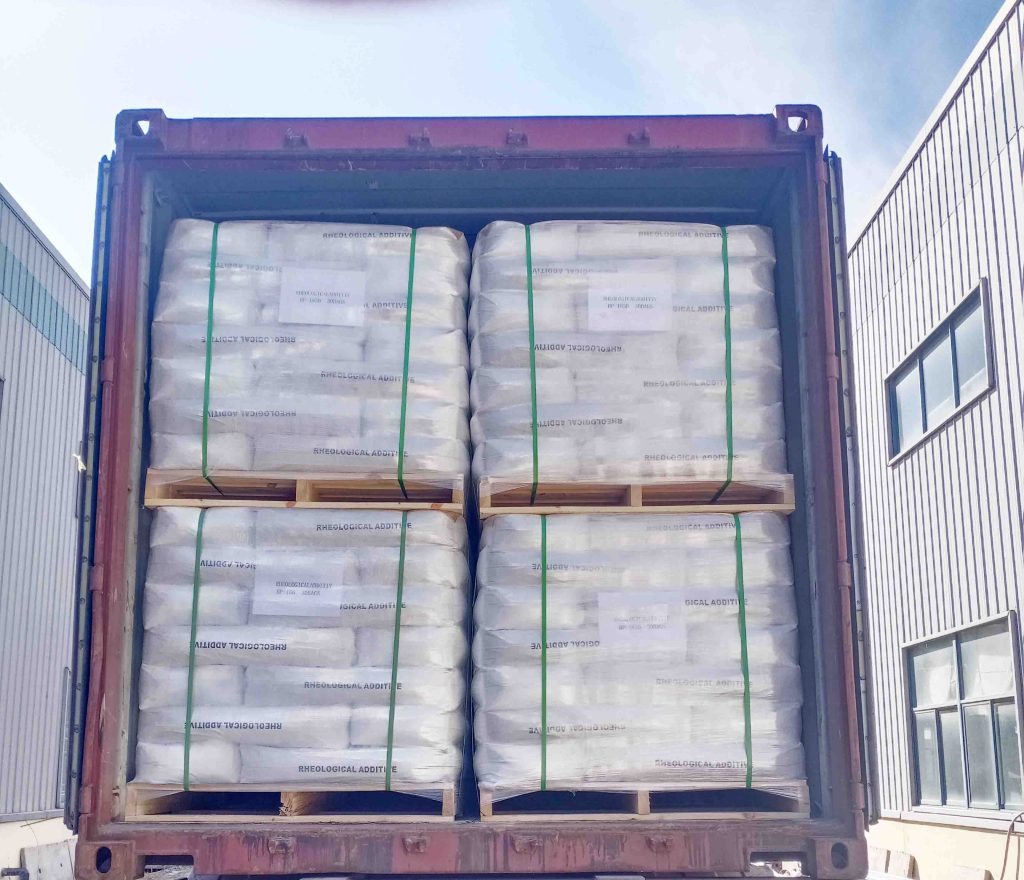
hollow glass microspheres China
Hollow Glass Microspheres is also known as hollow glass sphere,glass microbeads and glass microballoons.As a good Light weight,Chemically Resistant,High-temperature Fillers and Additives. Whether it is to improve buoyancy or to insulate heat and sound, hollow glass beads are your best choice.
| Appearance | White flowable powder |
| Raw Material | Borosilicate glass |
| Particle Size | 5-100µm |
| True Density | 0.12 -0.70g/c m3 |
| Package | Paper bag + Wood Pallet |
Hollow Glass Bubbles Microspheres - High Strength
Applications:
Glass microspheres have a wide range applications: (glass and hollow microspheres application)
| Drilling fluids | Cementing slurry |
| Putty | Sealants |
| Rubber | Fiberglass |
| Explosives | 5G materials |
| SMC/BMC | Emulsion explosive |
| Buoyancy materials | Car repair putty |
| Modified plastic for vehicles | Epoxy Tooling board |
| Floating body material | Thermal-insulation paints |
Glass microspheres | Glass Bubbles

Hollow glass microspheres are used in drilling fluids and lightweight cement slurries for:
- Adjusting the density of drilling fluids and improving the flowability of cement slurries.
- Formulating lightweight cement slurries to precisely control their density, balance formation pressure, and ensure effective and safe cementing.
- Ensuring continuous operations,glass hollow microspheres could reducing operational cycles, and enhancing work efficiency.
MICROSPHERES GLASS BUBBLES – LOW DENSITY EPOXY SYNTACTIC FOAM FILLER – 1.5 POUND
What is hollow glass microspheres ?
The chemical names for hollow glass microspheres are numerous, with different users referring to them as hollow glass microspheres, hollow glass microbeads, hollow glass bubbles, glass hollow microspheres and so on.
This white powdery chemical additive is widely embraced across industries as a high-performance lightweight filler | hollow glass microsphere. Sodium calcium borosilicate glass serves as its primary raw material.
| Grade | True Density | Bulk Density | Crush Strength | Particular Size(D50 μm) | Particular Size(D90 μm) | Flotation | Application |
| (g/cm3) | (g/cm3) | (Mpa/Psi) | |||||
| WL151 | 0.13~0.17 | 0.08-0.09 | 3.5 / 500 | 80 | 120 | 96% | Epoxy Tooling board, Floating body material,Emulsion explosive, Car repair putty, Paints |
| WL201 | 0.18~0.22 | 0.10-0.12 | 3.5/ 500 | 65 | 110 | 96% | Epoxy Tooling board, Floating body material,Emulsion explosive, Car repair putty, Paints |
| WL25L | 0.23~0.27 | 0.13-0.15 | 5 .2/ 750 | 65 | 100 | 96% | Thermal-insulation paints, Sealants, Buoyancy materials |
| WL30L | 0.28~0.32 | 0.15-0.18 | 10.3 / 1500 | 55 | 85 | 96% | Thermal-insulation paints, Buoyancy materials |
| WL32L | 0.30~0.34 | 0.17-0.19 | 13.8 / 2000 | 45 | 80 | 96% | Paints,SMC/BMC, Sealants, Putty |
| WL35L | 0.33~0.37 | 0.18-0.21 | 20.7 / 3000 | 40 | 70 | 96% | Cementing slurry and Drilling fluids |
| WL38 | 0.36~0.40 | 0.19-0.22 | 37.93/ 5500 | 40 | 65 | 96% | Paints, SMC/BMC, Buoyancy materials |
| WL40 | 0.38~0.42 | 0.19-0.23 | 28 / 4000 | 40 | 70 | 96% | Cementing slurry, Drilling fluids, Paints |
| WL42 | 0.40~0.44 | 0.21-0.24 | 55 / 8000 | 40 | 60 | 96% | Cementing slurry, Drilling fluids |
| WL46 | 0.44~0.48 | 0.23-0.26 | 41 / 6000 | 40 | 70 | 96% | Cementing slurry, Drilling fluids, SMC/BMC |
| WL50 | 0.48~0.52 | 0.25-0.27 | 55 / 8000 | 40 | 70 | 96% | Cementing slurry, Drilling fluids |
| WL60 | 0.58~0.62 | 0.29-0.34 | 83 / 12000 | 40 | 65 | 96% | Cementing slurry, Drilling fluids |
| WL60LL | 0.58~0.63 | 0.30-0.34 | 124 / 18000 | 35 | 55 | 96% | Modified plastics for vehicles, Cementing slurry |
| WL20SS | 0.18~0.22 | 0.10-0.12 | 6.9 / 1000 | 60 | 90 | 96% | Epoxy Tooling Board, Buoyancy, Explosives, Car Putty, Paints |
| WL22S | 0.20~0.24 | 0.11-0.13 | 8 .3/ 1200 | 45 | 70 | 96% | Epoxy Tooling Board, Buoyancy, Sealants, Car Putty, Paints |
| WL28S | 0.27~0.30 | 0.15-0.17 | 28 / 4000 | 45 | 65 | 96% | Epoxy Tooling Board, Buoyancy, Sealants, Car Putty, Paints |
| WL38S | 0.36~0.40 | 0.19-0.22 | 38/ 5500 | 30 | 50 | 96% | Circuit Board, SMC,Sealants |
| V42S | 0.40~0.44 | 0.21-0.24 | 55 / 8000 | 25 | 40 | 96% | Rubber, Shoe Soles, Sealants, SMC, Cementing slurry |
| WL46S | 0.44~0.50 | 0.22-0.25 | 110 / 16000 | 20 | 30 | 96% | 5G materials, PCB Circuit Board, SMC, Plastics |
| WL60SS | 0.58~0.62 | 0.29-0.33 | 193/ 28000 | 16 | 25 | 96% | 5G materials, PCB Circuit Board, SMC, Plastics |
| WL65SS | 0.63~0.67 | 0.30-0.33 | 207 / 30000 | 13 | 20 | 96% | 5G materials, PCB Circuit Board, SMC, Plastics |
| V70SS | 0.75~0.80 | 0.33-0.35 | 207 / 30000 | 10 | 15 | 96% | 5G materials, PCB Circuit Board, SMC, Plastics |
| WL10SS | 1.40-1.60 | 0.45-0.50 | 193/28000 | 5 | 10 | 96% | |
| WL15SS | 1.20-1.30 | 0.40-0.45 | 124/18000 | 7 | 15 | 96% | |
| WL20SS | 1.05-1.15 | 0.39-0.44 | 124/18000 | 9 | 20 | 96% | |
| WL30SS | 0.90-1.0 | 0.35-0.40 | 83/12000 | 14 | 30 | 96% |
Material Benefits
Advantages of hollow glass microspheres:
- Low density and lightweight
The low density and lightweight nature of hollow glass microspheres are major advantages, making them ideal for reducing part weight and lowering raw material costs across various industries, while also enhancing product performance.
- Outstanding Dispersibility
In addition to their low density, hollow glass microspheres also exhibit outstanding dispersibility.
Micro Glass Beads have strong thermal and acoustic insulation properties, making them suitable for use in paint coatings as thermal and sound insulation materials.
Hollow glass microsphere are also used in automotive sealants for their thermal insulation properties, enabling better resistance to temperature fluctuations.
Their exceptional compressive strength helps reduce material shrinkage or warping.
Glass hollow microsphere can be said that the compressive strength of hollow glass microspheres is directly related to their density – higher sphere density leads to greater compressive strength.
Hollow Glass Ball also contribute to stable chemical and mechanical performance.
Better utilizing raw materials and replacing more resins
As fillers, they offer cost savings by better utilizing raw materials and replacing more resins. Hollow glass microspheres are highly environmentally friendly and easy to handle. They also boast good waterproofing properties and are non-combustible.
They find applications in biotechnology, electronic products, and some medical devices due to their low density, which provides weight reduction advantages.
Their lower expansion coefficient contributes to material dimensional stability, minimizing size variations and the occurrence of expansion and contraction phenomena.
Hollow glass microspheres are well-suited for processes like spray casting and molding. They can significantly improve surface texture and smoothness.
The size, collective material, and processing techniques of hollow glass microspheres all affect their performance. Due to their strong inertness and chemical stability, hollow glass microspheres can achieve sterilization at high temperatures.
Their lightweight nature allows them to act as a material for weight reduction (filler), generating buoyancy and serving as a floating material. Precision in density, along with certain chemical properties and surface sphericity, can meet your requirements for hollow glass microspheres.
When used as fillers, they can also fill in some voids and defects to enhance the overall appearance. In usage, hollow glass microspheres are easily manageable. Their strong dispersibility allows them to be mixed with various resins without the need for significant process adjustments.
Additionally, their high compatibility makes them highly suitable for epoxy, polyester, and vinyl ester resin systems. Glass hollow microsphere’s worth noting to add them as fillers after adding catalysts.
In some electronic applications, mixing hollow glass microspheres with encapsulating resins can significantly increase electrical insulation values and improve chemical stability. This inert material can also be used in adhesive systems to reduce density, control dimensional stability, and reduce costs in various industrial fields by lightening raw materials and enhancing mechanical performance.
They share similarities with organic bentonite, as when hollow glass microspheres are combined with small amounts of gas, such as silica, they exhibit universal and anti-sag capabilities.
This prevents paint from flowing during vertical or overhead surface application, and their thixotropic properties ensure stable chemical performance.
In other applications, hollow glass microspheres can effectively achieve moisture resistance and low permeability.
Hollow glass microspheres suppliers and manufacturers in China,we would offer you good glass microspheres price to you.
Delivery time: 7-10 work days
Hollow glass sphere | Hollow glass beads
| Bulk Density | 0.10-0.40g/cm3 |
| Crush Strength | 4-125Mpa/500-18,000Psi |
| Survival | Min 90% |
| Flotation | Min 96% |
| Moisture | Max 0.5% |
| Melting Point | 1600°C |
We are a world-leading supplier of hollow glass microspheres suppliers, offering advanced technology for low-density cement slurries. Our products are virtually insoluble in water and oil. With consistent inventory availability, we can export to any location worldwide. Purchase our hollow glass microspheres for your needs.


